Microbiome Research and the Growing Need for Automated Solutions
Why automated colony selection under anaerobic conditions is becoming essential
Why anaerobes remain hard
Anaerobes often require: (1) ultra-low redox potential, (2) precise gas mixes and antioxidants, (3) slow growth timelines, and (4) cofactor or partner-organism dependencies. Practically, that translates to large plate counts, long incubations, and delicate handling inside glove boxes—conditions that make manual colony picking slow, biased towards common strains, and risky for viability.
The case for automated colony selection systems
Automation directly addresses the pain points that keep valuable anaerobes out of strain libraries:
- Throughput and yield - Automated pickers routinely process thousands of colonies per hour, converting operations from weeks to days while maintaining traceable barcodes and images.
- Reduced selection bias and better phenotype capture - Imaging-guided selection (size, circularity, texture, color) and multi-plate tiling help recover morphotypes that can be overlooked—critical for slow-growing, small, or translucent anaerobes. Custom camera-assisted systems have already underpinned high-throughput strain isolation campaigns.
- Viability preservation - Robots shorten plate-to-well transfer times and standardize contact pressure, which improves recovery of oxygen-sensitive colonies compared with manual loops/needles.
- True anaerobic compatibility - Newer pickers are specifically designed to operate inside hypoxic/anaerobic chambers or integrate directly with them—avoiding plate shuttling through pass-boxes and the associated oxygen spikes. Examples include systems demonstrated within anaerobic biobanks and models marketed for seamless chamber operation.
- Closed-loop data & QC - Automated imaging + LIMS hooks create a per-colony audit trail (growth time, plate coordinates, morphology snapshot, destination well), which supports downstream genomics, metabolomics, and gnotobiotic validation.
Next-generation automation solutions
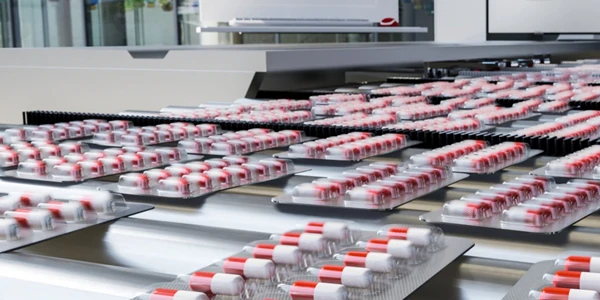
Nov 24, 2025
Buying Guides, Featured
Advanced Raman Spectroscopy and the Need for Rapid and Reliable Data in Pharma Testing
As the pharma industry continues to shift toward agile manufacturing, continuous processing, and real-time release testing, advanced Raman spectroscopy technologies are set to lead the way.
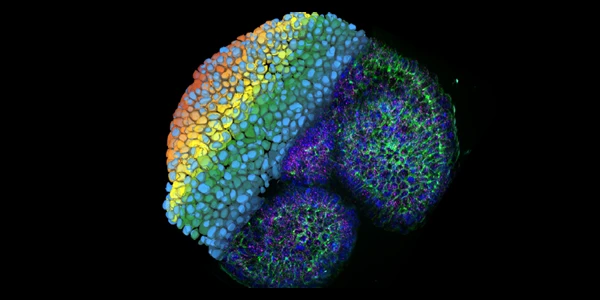
Nov 21, 2025
Featured, Popular Products
3D Cell Imaging and Analysis: How the Landscape Is Changing
Reshaping expectations for 3D cell imaging and analysis and driving the development of more integrated, automated solutions

Oct 29, 2025
Technical Insight
Advances in Scintillation Counter Design for Reduced Background Noise
New methodologies in ultra-sensitive radiation detection rely heavily on sophisticated physical and electronic design to achieve the lowest possible limits of detection in complex matrices.

Oct 29, 2025
Technical Insight
Selecting Scintillation Vials and Cocktails for Optimal Counting Efficiency
Expert guidance for laboratory professionals on achieving superior counting statistics and reproducible results by matching sample type with optimal vials and cocktails properties.
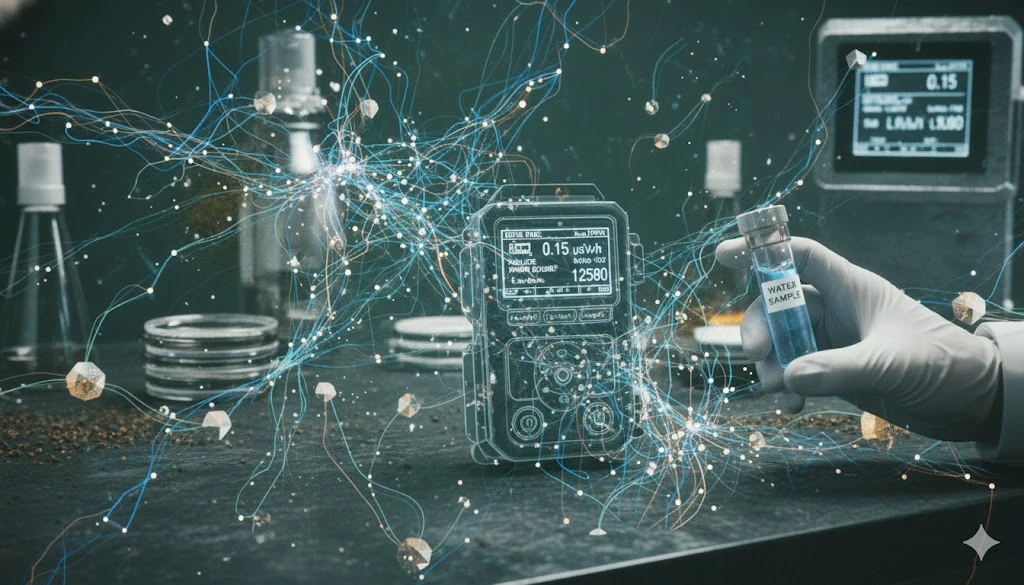
Oct 29, 2025
Technical Insight
Applications of Scintillation Counting in Environmental Monitoring
This comprehensive guide details how scintillation counting methods are essential for precise, low-level radionuclide detection across complex environmental monitoring matrices, ensuring regulatory compliance and scientific integrity.
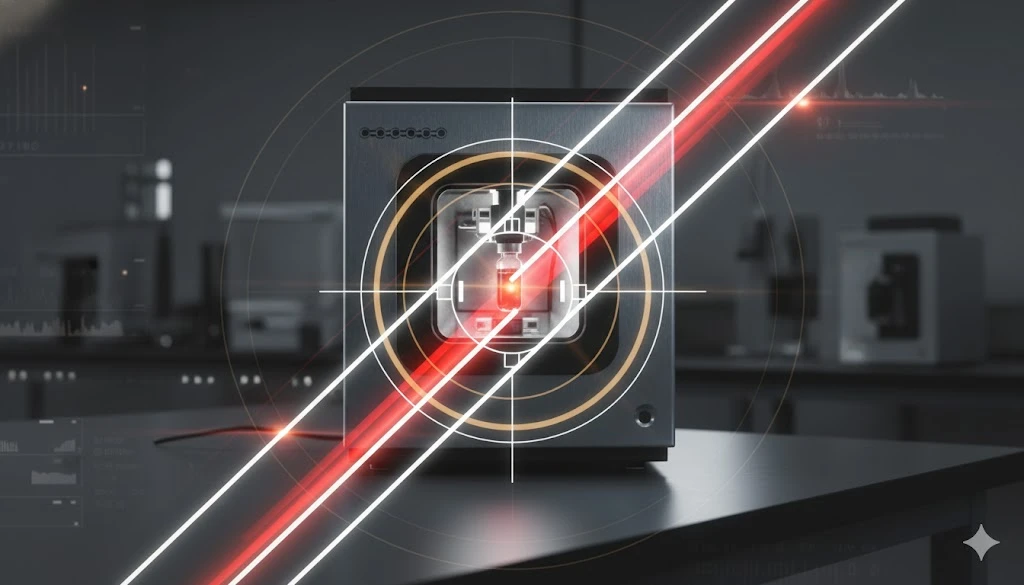
Oct 29, 2025
Technical Insight
Maintaining Scintillation Counters: Quench Correction and Efficiency
Comprehensive guide for laboratory professionals on the essential practices for maintaining scintillation counters, ensuring highly accurate and reproducible measurements.

Oct 29, 2025
Technical Insight
Liquid vs. Solid Scintillation Counting: Which Method to Choose?
A detailed analysis for laboratory professionals comparing the principles, sample preparation requirements, and operational considerations of liquid scintillation and solid scintillation counting.
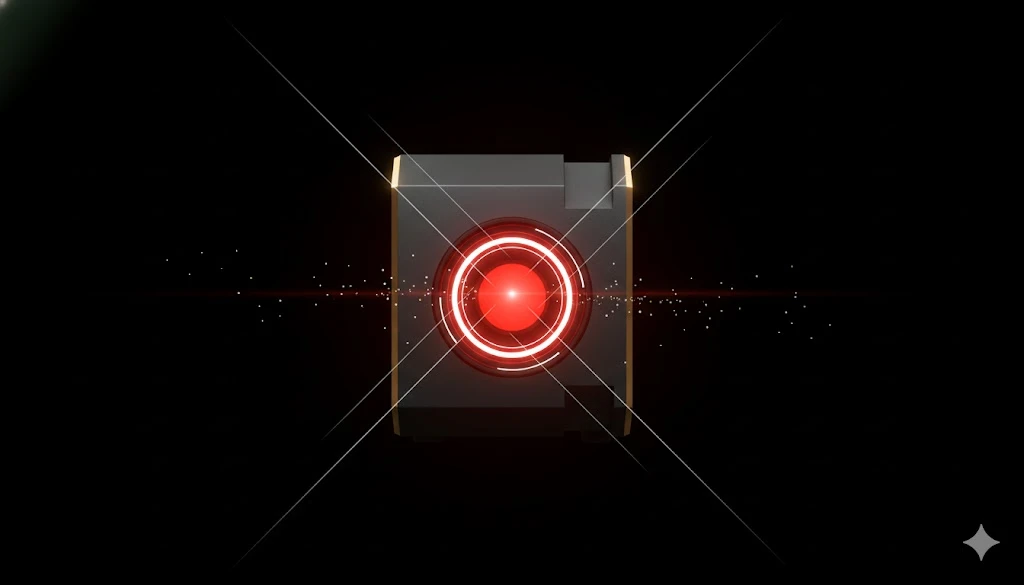
Oct 28, 2025
Technical Insight
Scintillation Counter Technology: Detecting and Measuring Radioactivity in Biological and Environmental Samples
This comprehensive guide provides laboratory professionals with the foundational and advanced knowledge necessary to ensure high-accuracy detection and measurement of radionuclides using scintillation counter technology.
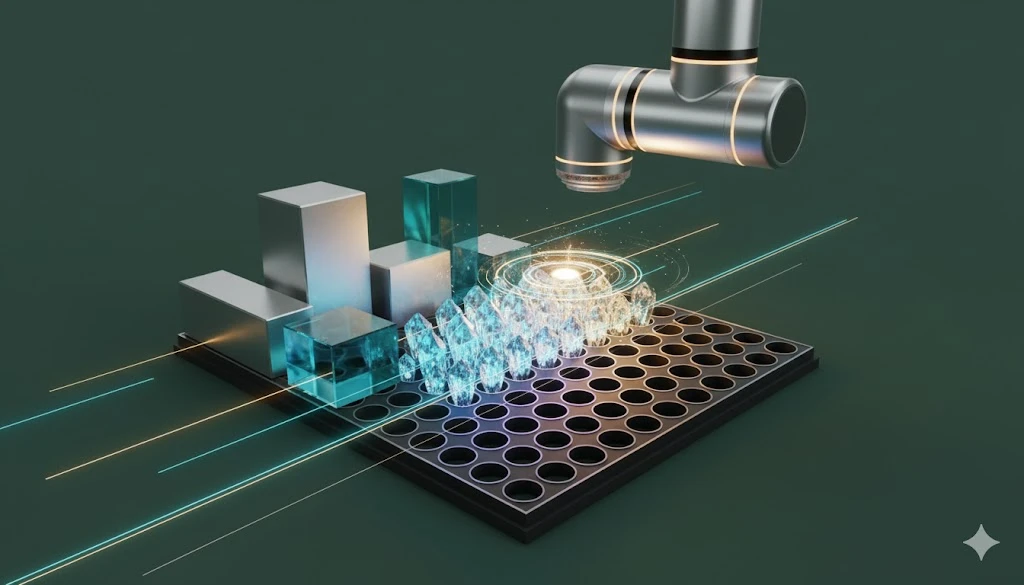
Oct 28, 2025
Technical Insight
Innovations in Gamma Counting for High-Throughput Screening
Advances in scintillation materials, detector design, and automation software are revolutionizing radionuclide detection workflows for pharmaceutical research and clinical diagnostics.
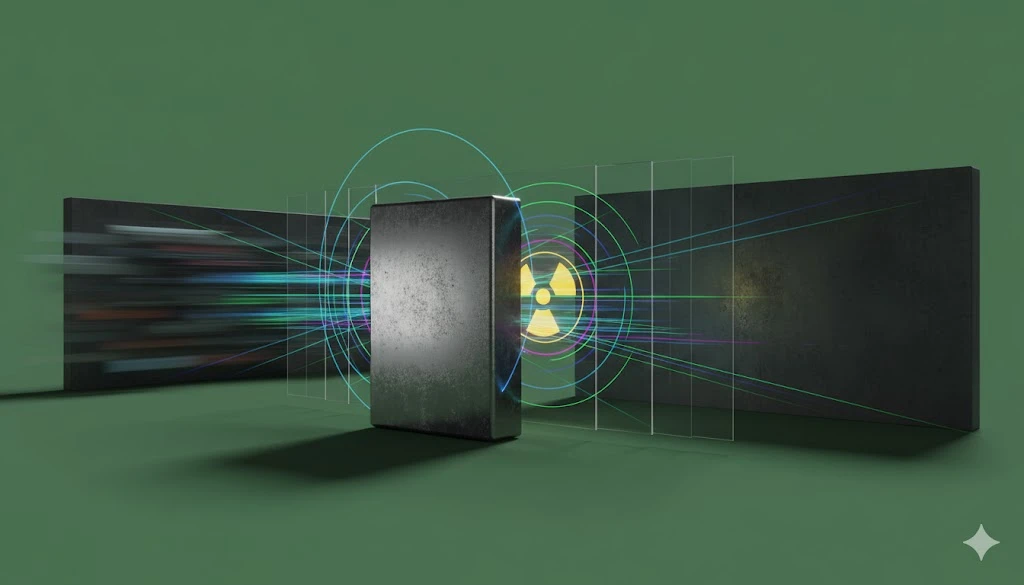
Oct 28, 2025
Technical Insight
Safety Guidelines for Working with Gamma-Emitting Isotopes
A detailed guide outlining key safety protocols and best practices for laboratory professionals working with gamma-emitting isotopes.
